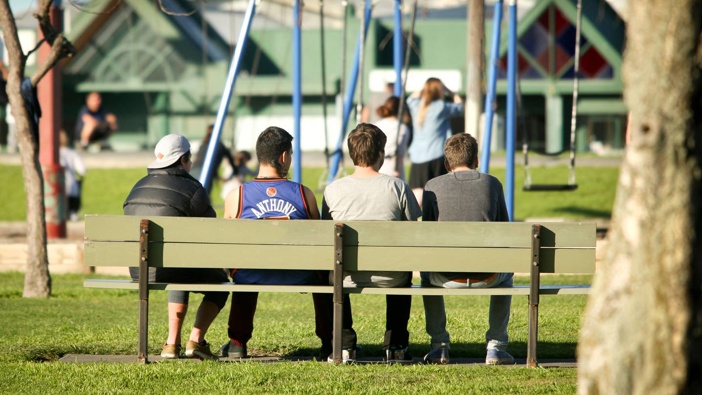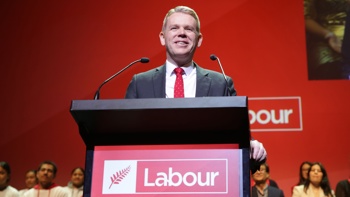Follow
the podcast on


Government-funded truancy services are so poorly resourced that more than 30,000 students who miss at least three days of school a fortnight are out of reach.
The figures are contained in a Ministry of Education briefing note, obtained by the Herald, from December 2020 to Associate Minister of Education Jan Tinetti.
The note says that tackling truancy was the shared responsibility of students, parents, schools, communities, contracted Attendance Services (AS) and the Ministry of Education.
"The $9.676m allocated annually to Attendance Services reaches only around 12,000 frequently-absent students and another 10,000 students not enrolled in any school, the majority in Years 8-11," the briefing says.
"Based on Attendance Survey data, we estimate that there are more than 30,000 ākonga (students) in Years 1-11 attending less than 70 per cent (of learning days)."
/cloudfront-ap-southeast-2.images.arcpublishing.com/nzme/LFVKQTOGUGCFNUBAX7PGTVITJI.jpg) Graph showing attendance by year level, comparing 2015, 2018 and 2019. Source / Ministry of Education
Graph showing attendance by year level, comparing 2015, 2018 and 2019. Source / Ministry of Education
AS is a national service, with 21 providers including nine schools throughout New Zealand, which works with students aged 6 to 16 and their families to address root causes of non-attendance.
"Current funding provides for, on average, four hours per case for an Attendance Adviser to follow up on a student, develop a plan, and support a return to school. These funding settings will place limitations on progressing this work as schools will need to try and work differently within the same level of funding."
The briefing note says 25 per cent of students in 2019 were irregularly absent (80-90 per cent attendance), 9 per cent were moderately absence (70-80 per cent attendance), and 7 per cent were chronically absent (less than 70 per cent attendance - or missing at least three days of school every fortnight).
National Party education spokesman Paul Goldsmith called it a "truancy crisis".
"And the Government cares more about ending first-year tertiary fees for middle-class families (via its fees-free scheme) than it does about kids missing out on an education.
"We have a lot of rhetoric from the Government about how much they care about the kids who are missing out, but the rhetoric isn't matched with reality."
The briefing note follows a police truancy overview from July last year that showed a single truancy officer for the 80 schools in the Waitematā East area, despite truancy being on the rise.
The overview said that local schools wanted to hire their own truancy officers instead of the current model of contracted services via the ministry.
"Some attendance officers are reportedly not easily contactable, not willing to accept cases or providing poor results for priority cases," the overview said.
Tinetti said truancy services were being reviewed, but would not say whether this year's Budget would boost more funding.
She said there were many elements in the equation of how to engage students - including the school lunches and period products in schools programmes.
"In 2020, the Attendance Service supported 18,369 ākonga - that's a huge effort.
"There is great work already happening but yet more work to be done - we all want all students to be attending school regularly."
The briefing note added that school attendance had dropped substantially from 2015 to 2019, and across all regions, ethnicities, deciles and year levels.
"In 2019, only 58 per cent of students attended school regularly during term 2 (that is, 42 per cent of students were absent from school for the equivalent of one or more days per fortnight)."
Attendance was poorer in lower decile schools and among Maori and Pasifika students, and attendance at the primary and intermediate level - Years 1 to 8 - had fallen by 14 percentage points since 2015. Half of that drop had happened in 2019 alone.
While attendance increased in term two in 2020, following the national lockdown for the Covid-19 response, compared to 2019, the August lockdown in Auckland had appeared to take a harder toll.
"For Auckland students, it has taken longer to get back to 2019 levels after the August lockdown - and Covid-19 appears to be worsening existing inequities in school attendance.
"For some, the experience of Covid-19 has triggered poorer post-lockdown attendance and engagement."
text by Derek Cheng, NZ Herald
Take your Radio, Podcasts and Music with you









